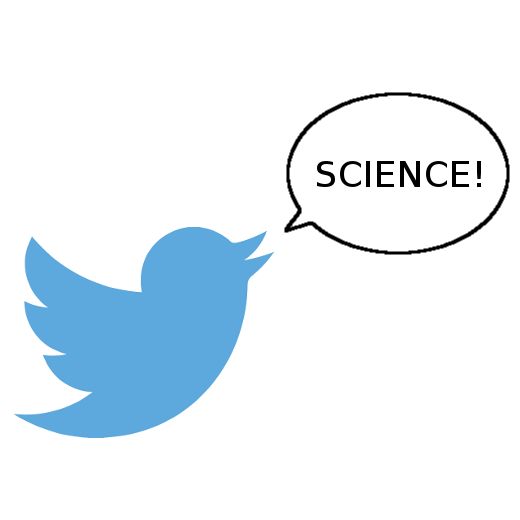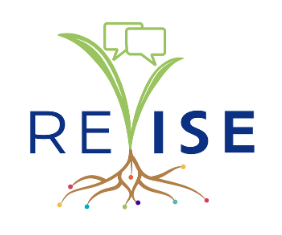
January 27th, 2017
Kelsey Wright is a junior at The Howard Gardner School in Alexandria, Virginia. She first entered the world of science communication through social media, and has been interested ever since. She spends her free time reading, taking naps, and volunteering at the Smithsonian National Museum of Natural History. Her favorite species is Desulforudis audaxviator, a bacteria that lives independent of any life almost three kilometers underground.
Outside of informal science education organizations and programs, a growing body of science communication now happens on smartphones and computers. The internet is an excellent resource for connecting people and providing easy access to information. Social media works as an ideal platform for the dialogue model with its fast pace and interactivity. People are using several apps for science communication, delivered in a fun format. Here are some of my curated examples of online science communication on a few different platforms.
Twitter allows unlimited 140 character posts, which can be embedded with pictures, videos, live streams or polls. It sorts the tweets into threads, making it easy to follow conversations, or messages longer than 140 characters. Start by checking out @realscientists. On this account, a different scientist tweets about their research every week. One week, the focus will be stem cells, the next week, it will focus on the geology of Mars. Katie Mack, @astrokatie, uses Twitter to share her passion for astrophysics. @SciParty hosts thoughtful, weekly discussions on in-depth science topics.
Instagram lets users post pictures and videos with captions, or live stream video. Evie Alexander, @scienceinnyc, is a high school biology teacher in New York City. Alexander owns a uHandy, a handheld microscope attachment for smartphones, and with it, she takes videos and pictures of protozoa. She posts them to Instagram, uses her captions to identify their species, and often describes what they’re doing. Check out @scienceinnyc to watch hundreds of flagellates decompose a water flea! Samantha Yammine is @science.sam, and she uses Instagram for busting myths about health and science. Alex Abair is a botanist and her instagram @plantexplorer is full of breathtaking images of fungi and flowers, always with their Latin name.
YouTube
YouTube is a searchable collection of videos. It has over 70 million hours worth of video. On Youtube, Dianna Cowern has an alter ego as Physics Girl. She posts weekly videos demonstrating and explaining incredible physics topics. Here is one of her fascinating videos on how to control light with water. Anna Rothschild hosts a show called Gross Science, all about off-putting yet compelling science. Kurzgesagt is another channel full of intriguing, comprehensible videos on a variety of topics created by a group of information designers.
Podcasts
Podcasts are radio shows that never play on the radio. They are uploaded to the iTunes store, or Soundcloud, and available for free download by anyone at any time. There are podcasts on any topic you can think of. Science Versus is a podcast that covers one topic per episode and pits generally held beliefs on a topic against the known science behind it. Inquiring Minds is a terrific podcast. Each episode begins with a recap of the week’s science news, then turns into an interview of an expert on the topic. The hosts Kishore Hari and Indre Viskontas often interview authors of best selling nonfiction books, and dive deep into their content.
What are your favorite science communication accounts on social media? Share them in the comments below.
